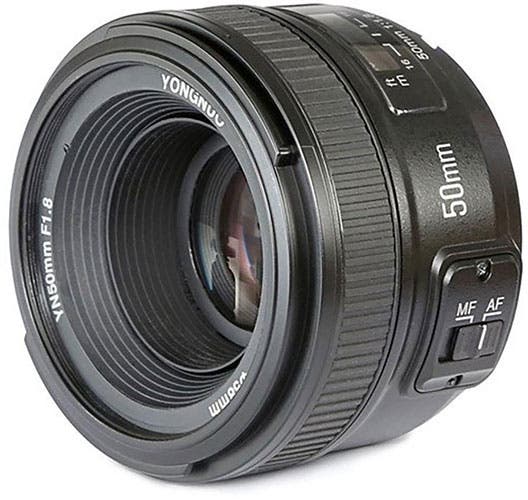

High quality is when it fits the vision and intent of the photographer and it enhances the aesthetics of the image. As with most lenses, shooting the EF 50mm f/1.8 wide open to get smoother bokeh also means sacrificing some in-focus sharpness compared to using narrower apertures. The bokeh is much smoother when shot wide open at f/1.8 than when shot stopped down with five aperture blades in the light path. The Canon EF 50mm f/1.8 II is one such lens. There are some lenses which do not place any aperture blades in the light path when set to the widest setting. Even if they are curved the angles change too much from one aperture setting to the next so there is only one setting that allows the curve of each blade to match the curve of the adjacent blades and form an almost circular opening.

Often the aperture blades in lenses with fewer of them are not curved. Lenses with fewer blades tend to produce rougher bokeh. Most lenses that can produce round bokeh have nine or more individual aperture blades that are curved. Circular bokeh is possible when the diaphragm blades are curved and form a near-circle at a particular aperture setting. The shape of the bokeh is determined by the shape of the aperture diaphragm. Lenses that produce "high quality" bokeh usually have aperture blades that are curved which allows the opening to be even closer to a circular shape than those with straight edges. To the shape of a nine-sided regular polygon here:Įven with straight sides it is obvious how much closer to circular the nine sided figure appears than the five-sided one. Some may also produce round out-of-focus highlights that have very hard edges or are even brighter near the edge than the center which also tends to make the bokeh very harsh for all out-of-focus areas.Ĭompare the shape of a five-sided regular polygon here: Lenses with harsh bokeh also tend to to produce out of focus highlights that are not round. "Low quality" bokeh is viewed as out of focus areas that have harsh transitions from the blur of one out-of-focus object to another. Since lenses that produce round out of focus highlights with soft edges also tend to produce smoother out of focus areas in general this is one of the easiest ways to evaluate the quality of bokeh that a lens produces.

Most lenses that produce smooth bokeh also produce out-of-focus highlights that are round rather than an equiangular regular convex polygon. In general "high quality" bokeh is viewed by most photographers as out of focus areas that are smooth rather than harsh.


 0 kommentar(er)
0 kommentar(er)
